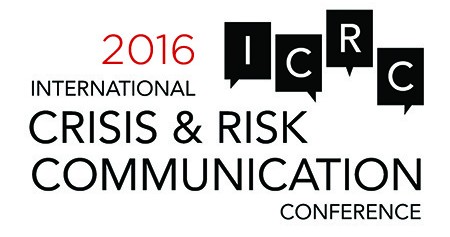
President
LSH Group, LLC
Fort Myers, Florida, United States
Ms. Hanwacker is President and founder of The LSH Group, LLC located in Fort Myers, Florida. The LSH Group is a professional services group of Business Continuity, Continuity of Operations, Crisis & Risk, Emergency Management and IT Disaster Recovery. The LSH Group works closely with Businesses and Government Agencies in their various continuity planning efforts. Ms. Hanwacker is an experienced executive leader with over 35 years of experience. Ms. Hanwacker has held several executive positions in BC/DR and Network/IT Security. She also served on the National Sarbanes-Oxley audit team.
Ms. Hanwacker is an accomplished author writing several IT and Business Continuity books. She has also published several business continuity white papers, and is currently working with colleges to develop BC programs along with publishing an academic course for ”Business Continuity & IT Disaster Recovery” and “Software Apps as a Business Entrepreneur”. She is also a professor at Florida Southwestern College.
Prior to The LSH Group, Ms. Hanwacker was the Director of BC/DR Professional Services at AT&T. Ms. Hanwacker managed the implementation of the $30+ million BC/DR program that included managing and planning for all core AT&T network operations. Her team played a major role in the 9/11 crisis recovery effort for NYC. She has also worked for Bell Labs research and development and Lucent Technologies.
Ms. Hanwacker holds an MBA in Finance, MS in Computer Science, BA in Fine Art and an AT&T Executive Leadership Certification.
2015
Crisis & Risk Communication:Accountability & Metrics Tracking Software Criteria
There are a multitude of software packages in the industry available and each has unique characteristics for crisis and risk communication and planning. Communication and Continuity software is essential for demonstrating effectiveness in making the case for crisis communication, readiness, sustaining relationships with key stakeholders, justifying resource allocations and acting with due diligence. Some software applications provide total solutions including “What If” scenarios while others are industry specific. Some packages include third party vendors. What are your options, what features should you consider and what are the advantages of using such software?
This talk will take a look at different aspects of Crisis and Risk Communication software that are presented in a valuable checklist of the requirements that your organization should consider in the selection of Crisis & Risk Communication tracking and planning software. The checklist includes criteria sections on General Features, Security, Risk Assessment/Management, Business Impact Analysis, Plan Creation, Plan Maintenance, Incident/Crisis Management, Benchmarking, Reporting, Ease of Use, Flexibility, Reporting, Mass Notification and Training. Additionally, the software should be evaluated by ease of implementation, total functionality, performance and support. This checklist is from a user perspective not a vendor offering.
There are fourteen primary categories to consider in refining the selection process – General Features, Security, Risk Assessment/Management, Business Impact Assessment, Plan Creation, Plan Maintenance, Incident/Crisis Management, Benchmarking, Reporting/Approvals, Ease of Use, Flexibility, Reporting, Emergency/Mass Notification and Training.
As an example, for Category 1, General Features, there are several factors to consider that impact how you use the Crisis and Risk Communication software. For example, is it Software as a Service (SaaS) solution? SAAS is a way of delivering an application as a service via the internet. It allows the end user access that does not require installing and maintaining the software. The SaaS application runs on the provider’s servers that they maintain the security, availability and performance of. If it is SAAS, then, where is it hosted – USA or elsewhere?
Other general considerations include:
- Support for industry standard practices
- Ability to access information from smart mobile devices
- Ability to import data from external sources such as a Microsoft Excel spreadsheet
- Multi-user application
- Uptime guarantee
- Redundant system architecture and daily data backups to ensure reliability
A well-developed Crisis and Risk Communication software package makes generating and maintaining plans significantly more efficient. The well-designed software guides you through the process. While, on the other hand, the selection of the wrong software can outweigh the cost and benefit only to be trashed within a year or two of implementation. This talk is directed at organizations that must organize and track their Crisis and Risk Communication programs. Crisis and Risk Communication software can be an invaluable tool for any size organization as it provides a snapshot of the organization’s current state of recovery in the event of a disaster.


